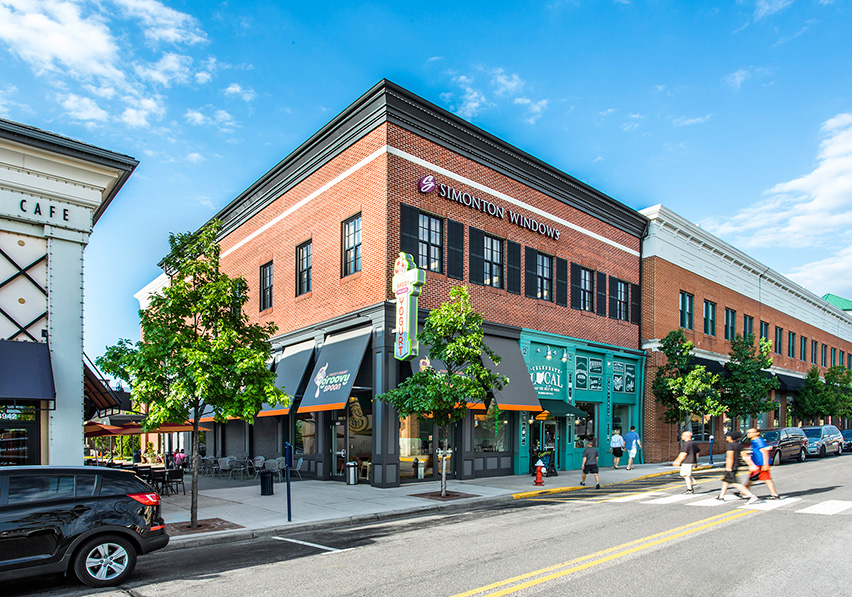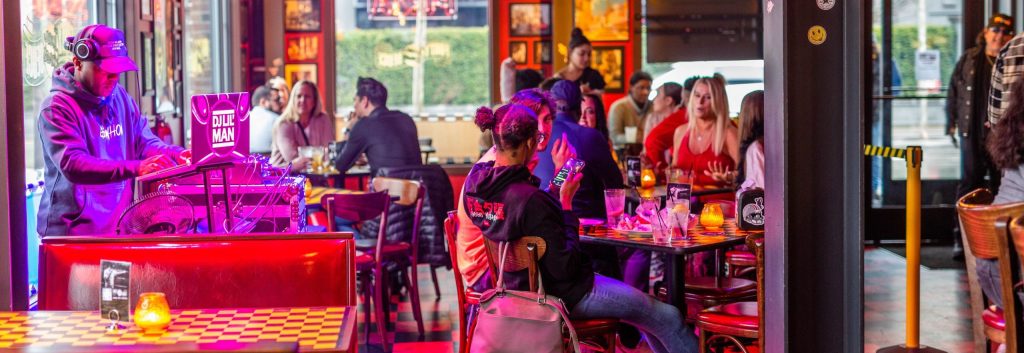By: Joel Groover, Shopping Centers Today
March 18, 2015
Nurturing just about anything–A house, plant, toddler, a romantic relationship—requires a deft touch. The same is true of the fragile independent stores that shopping center owners and managers are increasingly seeking to incubate. Lavish too much attention on any fragile thing, after all, and it may become weak and dependent. On the other hand, ignore that thing completely, and it may well just shrivel up. Maintaining a lively, experiential tenant mix in a shopping center seems to be growing more important by the day, so SCT asked a few experts to offer perspective on the costs and benefits involved in setting aside time, space and money to nurture that next generation of inspiring retail concepts.
Local Color
At Easton Town Center, the 1.7 million-square-foot regional mall in Columbus, Ohio, retail space is scarce. So when the bankruptcy of a national tenant created a vacancy, retailers were clambering to do a deal, says Anne Mastin, executive vice president of retail real estate at Steiner + Associates, which manages and co-developed the mall. But the Steiner leasing team has something else in mind. “We had been having farmers markets during the summer, and we realized that, come fall, all of these wonderful vendors and independent retailers would not be able to sell their products at Easton during the winter seasons,” she said. “Our solution was to bring some of those tenants inside.”
The farmers market had become, in effect, a tenant incubator for Easton. The new retail space, called Celebrate Local, is now a permanent showcase for the kinds of local vendors that fit right in at any outdoors farmers market, along with some others with strong local ties. Wares from about 300 artisans, farmers and other vendors are available in store. “We now have artisans who do everything from jewelry to furniture,” Mastin said. Among the offerings are offbeat T-shirts, Ohio-made wines and refrigerator cases filled with Ohio eggs and produce. “It is an eclectic mix, but it just works,” Mastin said. “They are doing amazing business.”
Where owners and managers are looking to incubate new concepts, one way to identify strong candidates is to ask whether the prospect’s business is consonant with a prevailing trend. One key to the success of Easton’s farmers market has been its appeal to “locavores”—consumers who are obsessed with farm-to-table produce and other locally connected goods. Celebrate Local was thus a strong fit for an in-line space at the mall, Mastin said. It also appealed to convention attendees and tourists staying at Easton’s two hotels. “When people come from out of town, they love Celebrate Local, because they want Ohio gifts,” she said.
Another locavore-friendly concept is Easton’s Northstar Café farm-to-table restaurant.
Meanwhile, Homage, an independent tenant that sells retro T-shirts, resonates with some of the demographic trends Steiner has been tracking, Mastin says. “We learned about Homage when they had a little 900-square-foot store on an ally down by the university,” she said. “We knew this was something the Millennials would love, so we put them at Easton, and they have been hugely successful.”
At well-located regional malls, doing deals with smaller tenants requires a willingness to sacrifice some rent to the larger goal of a livelier tenant mix, Martin says. “If we just strictly looked at the rent structure, we would never be able to do deals with locals,” she said. “But one of the complaints you’ll hear about our industry is that ‘shopping centers all have the same tenants.’ You have to remember that doing deals with only those who have the biggest bank statement doesn’t necessarily produce the most interesting tenant mix.”
Download “A Helping Hand” Shopping Centers Today.








